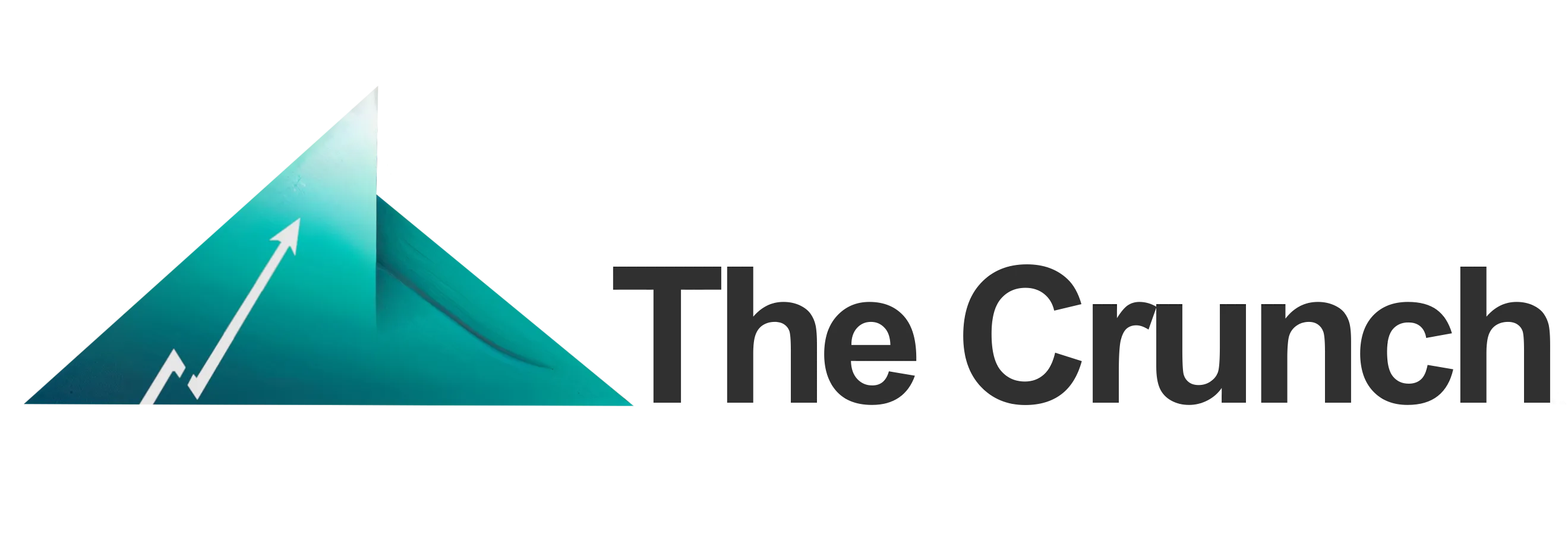Roth IRA conversions are a powerful vehicle.
Before we delve into conversions, let me briefly walk you through the Roth IRA:
The Roth IRA is a tax free retirement account.
Contributions to a Roth IRA can be withdrawn free of penalty at any time. For example, if you contributed $2,000 to a Roth IRA, you can withdraw $2,000 without incurring a 10% penalty or any income taxes.
However, any growth you withdraw will be taxable, and a 10% penalty will apply. For example, if you contributed $2,000 but withdrew $3,000 (before age 59 1⁄2; after 59 1⁄2, it’s all tax-free), the $1,000 difference will be taxed and penalized.
The Roth IRA also shields you from tax rate increases, Social Security taxes, and Medicare premiums. I previously shared a newsletter that discusses the Roth IRA more in depth.
So, it’s important to get as much money as you can into your Roth IRA account.
There is one strategy that many people don’t often talk about – conversions.
How conversions work:
You can convert your traditional IRA (including a traditional 401k that you roll into an IRA), which is tax-deferred (pay taxes later), into a Roth IRA, a tax-free account.
For example, if you convert $10,000 from a Traditional IRA into a Roth IRA, your funds will be able to be withdrawn tax-free and penalty-free after 5 years and after age 59 ½.
The $10,000, though, is going to be a taxable amount, but you can time these conversions strategically during low tax rate periods.
Scenario:
Say from age 25 to 50, you have been contributing to a traditional 401k.
Assuming your tax rate was 22%, you have been receiving a 22% tax deduction on every single dollar you contributed. For every $1,000 you contributed, you saved $220 in taxes.
Now, let’s say you are 50 and are looking to retire. You’ve done well financially, invested in a taxable brokerage account and 401k. You decide to quit your job and roll over the 401k into a traditional IRA (no tax impact, direct rollover).
- You sell $70,000 worth of stocks from your taxable brokerage, which had a cost basis of $25,000. Therefore, the taxable gain is $45,000.
- Additionally, you convert $14,000 from a traditional IRA to a Roth IRA, either by selling the stocks in the Traditional IRA and converting the cash, or by transferring the shares directly. The $14,000 generated $3,080 of tax savings during your working years and will not be taxed in the future due to the Roth IRA conversion.
So, a few things:
– Your sale of stocks is not taxable because long-term capital gains are taxed at 0% since your taxable income is less than $47,025.
– You also converted $14,000 into a Roth IRA, a tax-free retirement account.
– The $14,000 from the traditional IRA is a taxable amount, but since it’s less than the $14,600 standard deduction, you pay no tax on it.
Here is how it looks in a tax software:
Importantly, you don’t have to wait until you retire to do a Roth IRA conversion.
Roth conversions are the most beneficial during low income tax years.
For example, if you went back for a Master’s program and didn’t earn much, or if you decided to take a break from your work for a year, or if you are in a low tax bracket (e.g., you have been contributing to a 401k, receiving a 22% tax deduction, and now in the 10% bracket).
When you do a Roth conversion, you will also need to file a Form 8606 with your taxes.
TLDR:
- Roth IRAs allow tax-free withdrawals during retirement.
- The goal is to get as much money into a Roth IRA as possible.
- Converting from a Traditional IRA to a Roth IRA is a great way to move from a tax-deferred account to a tax-free account.
- It’s extremely beneficial to do it during low-income years.
See you next Saturday.

